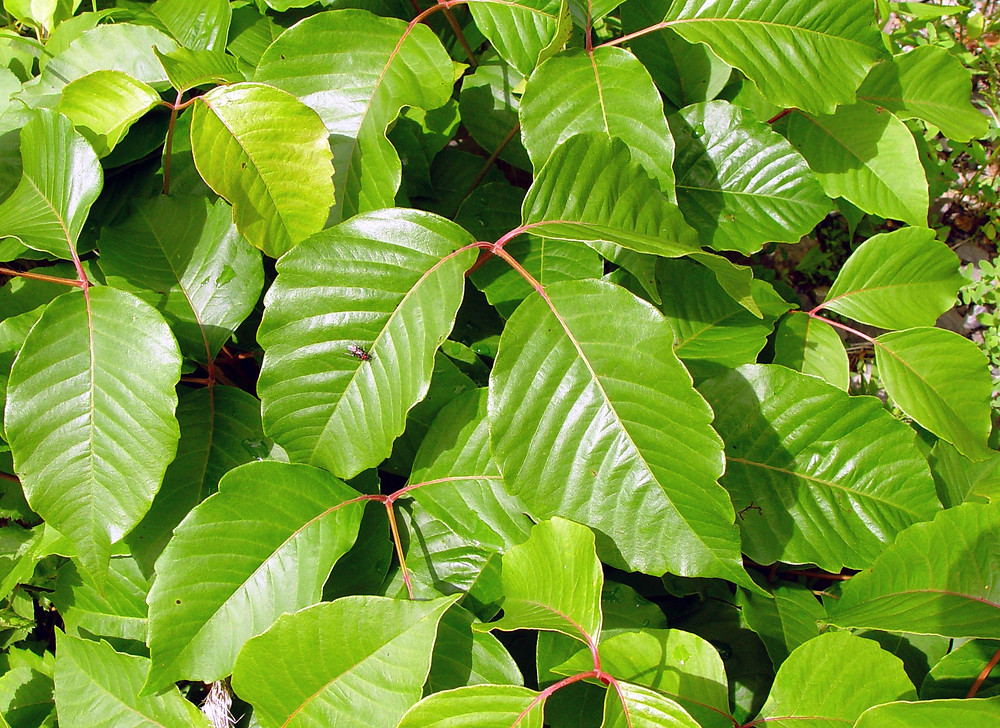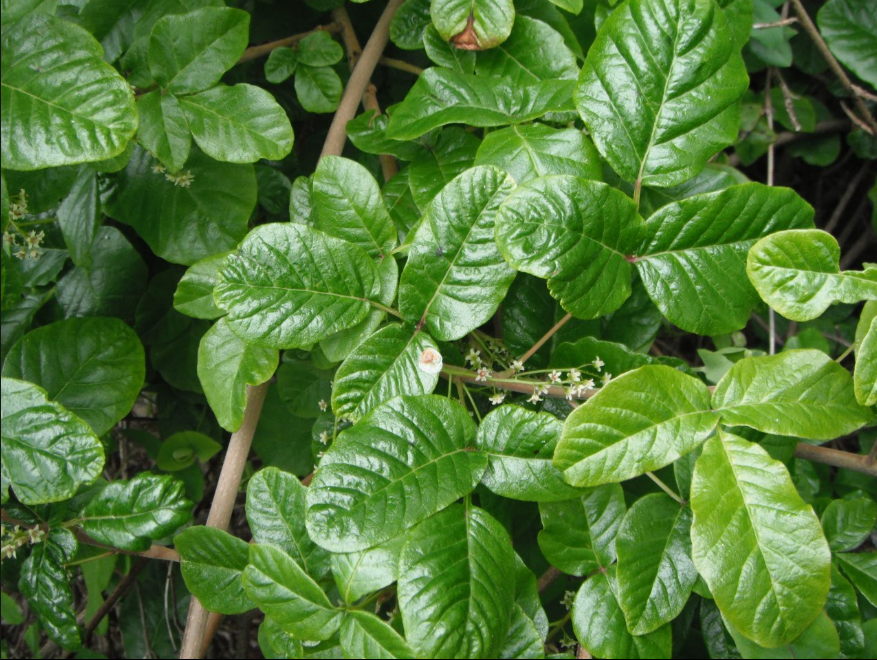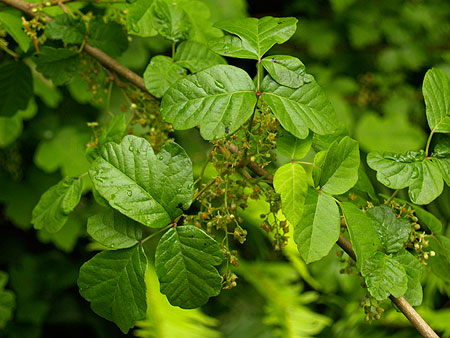While gardens and nature walks are a source of beauty and tranquility, it’s important to know which plants can cause harm. Poison Ivy is one of the most notorious plants in North America, known for causing itchy, blistering skin reactions. It’s a master of disguise, often blending in with other foliage, and it changes appearance with the seasons. Whether you’re hiking, camping, or gardening, being able to identify different forms of poison ivy is key to staying safe. Let’s explore six types and lookalikes you should know and avoid.

1. Toxicodendron radicans (Eastern Poison Ivy)
Eastern Poison Ivy is the most common form and can be found throughout the eastern and central United States. It usually grows as a trailing vine or ground cover, though it can also climb trees and fences. Its famous “leaves of three, let it be” warning refers to its three pointed, glossy leaflets. These leaves turn reddish in spring, green in summer, and vibrant orange or red in the fall. Contact with its oily resin, urushiol, causes itchy, red rashes on the skin. It’s commonly found in wooded areas, fields, and disturbed grounds.

2. Toxicodendron rydbergii (Western Poison Ivy)
Western Poison Ivy is a close relative of its eastern counterpart but is more commonly found in the northern and western parts of North America. Unlike the climbing Eastern Poison Ivy, this variety typically grows as a small shrub, ranging from 1 to 2 feet tall. It still bears the signature three-leaflet arrangement, with leaves that can be shiny or dull, smooth-edged, or slightly toothed. It thrives in dry woods, along roadsides, and riverbanks. Like other poison ivies, it releases urushiol when bruised or broken, causing severe skin irritation.

3. Toxicodendron diversilobum (Pacific Poison Oak)
Although commonly called poison oak, Pacific Poison Oak is technically a species of poison ivy. Native to the western U.S., particularly California, it can grow as a vine or shrub. Its leaves often resemble oak leaves, with deep lobes, and they grow in groups of three. The foliage changes colors with the seasons — bright green in spring, darker in summer, and rich red-orange in fall. It thrives in coastal areas, woodlands, and chaparral. Like other members of the Toxicodendron genus, it produces urushiol that can cause allergic reactions upon contact.

4. Toxicodendron pubescens (Atlantic Poison Oak)
Found mostly in sandy soils of the southeastern U.S., Atlantic Poison Oak is another shrub-like relative of poison ivy. It has three oak-like, lobed leaflets that are hairy on both sides — a key identifying feature. The leaves can range from green to reddish depending on the season. It typically grows in open woods, fields, and along fence rows. While less common than Eastern Poison Ivy, it still contains urushiol, capable of causing intense itching, redness, and swelling when it comes in contact with the skin.

5. Poison Ivy in Winter (Bare Stems & Vines)
Winter Poison Ivy might seem harmless because it sheds its leaves, but it remains dangerous. The bare vines and stems still contain urushiol. During the colder months, poison ivy vines can be recognized by their hairy appearance as they cling to trees, fences, and walls. Even the dormant plant can trigger allergic reactions if touched. Many people make the mistake of pulling or cutting these vines in winter, thinking they’re safe — an important reason to recognize its distinctive hairy, rope-like stems year-round.

6. Poison Ivy Lookalikes (Virginia Creeper & Boxelder)
While not true poison ivy, several lookalike plants can confuse even experienced gardeners and hikers. Virginia Creeper (Parthenocissus quinquefolia), for instance, has five leaflets rather than three but grows in a similar vine-like manner. Boxelder (Acer negundo) seedlings can also mimic poison ivy with their three-leaflet pattern early in growth. While these plants don’t produce urushiol, mistaking them for poison ivy can lead to unnecessary worry. Learning the subtle differences — like the number of leaflets or vine characteristics — is essential for safe outdoor adventures.
Conclusion
Knowing how to identify poison ivy and its lookalikes can save you from uncomfortable rashes and allergic reactions. Whether it’s the classic Eastern Poison Ivy, the shrubby Atlantic Poison Oak, or a misleading Virginia Creeper, being aware of these plants helps you confidently enjoy nature and tend to your garden safely. Remember the golden rule: “Leaves of three, let it be” — and when in doubt, steer clear.





Leave A Comment